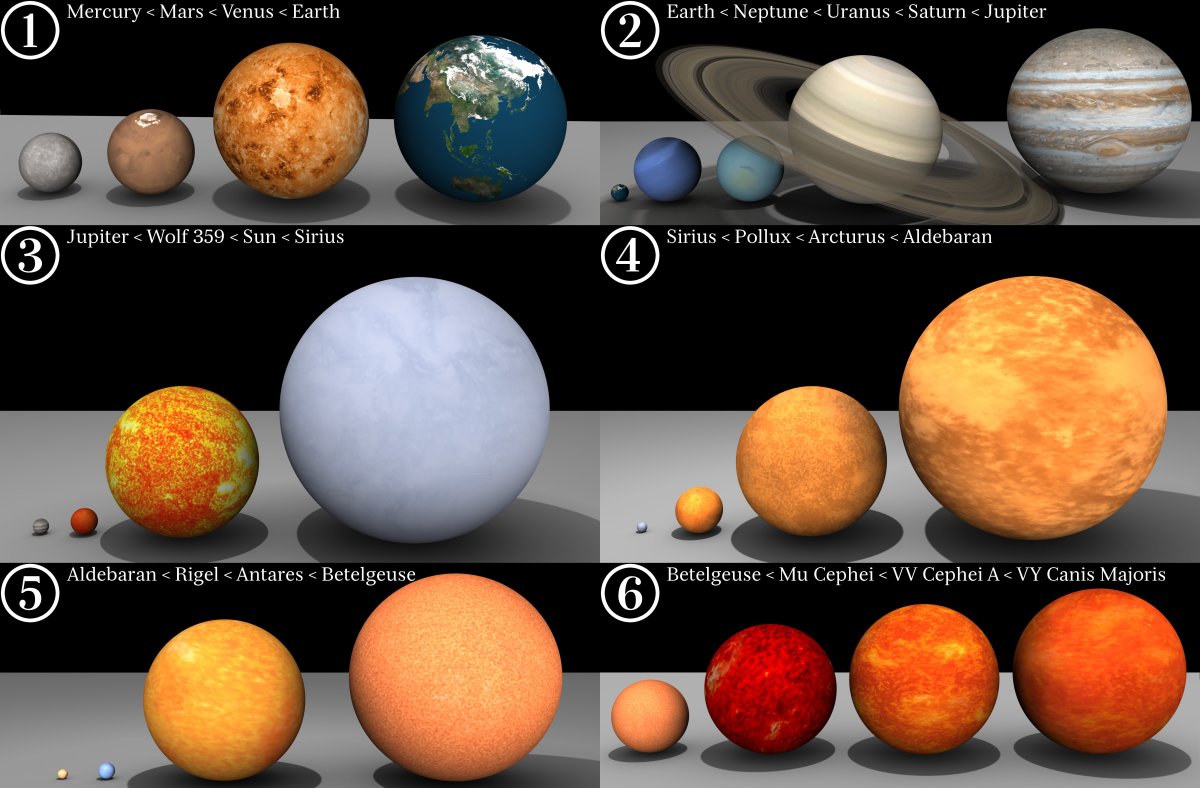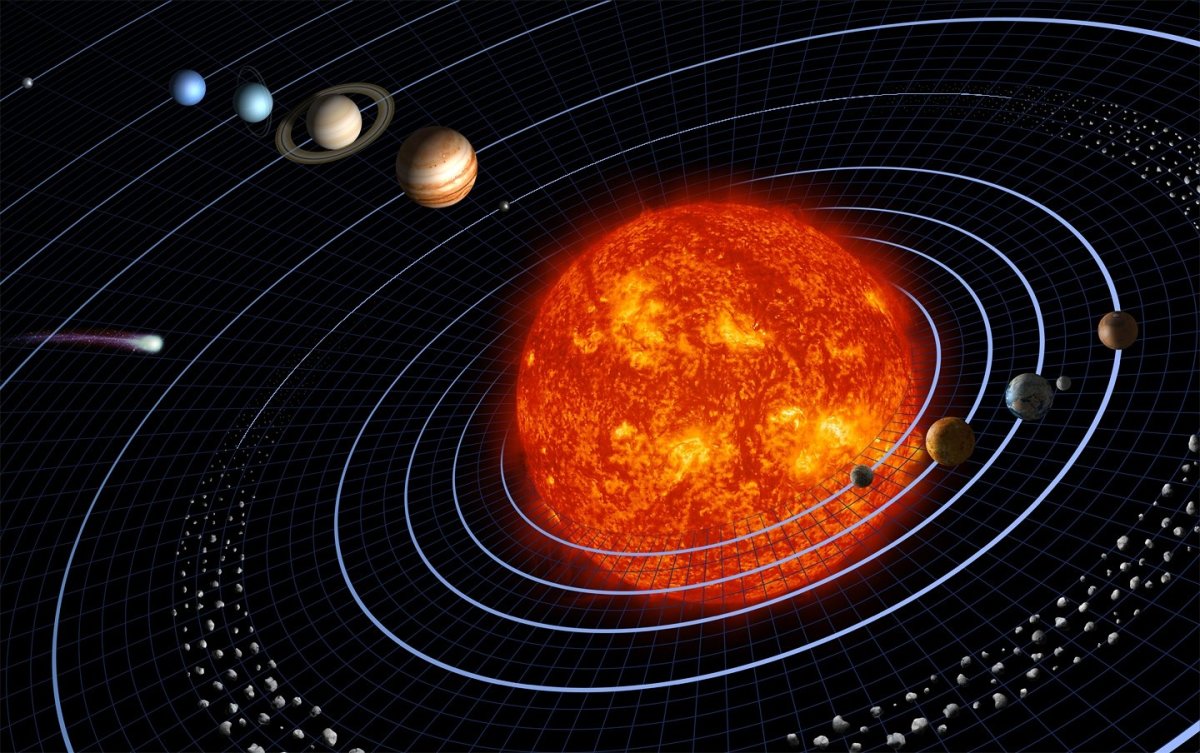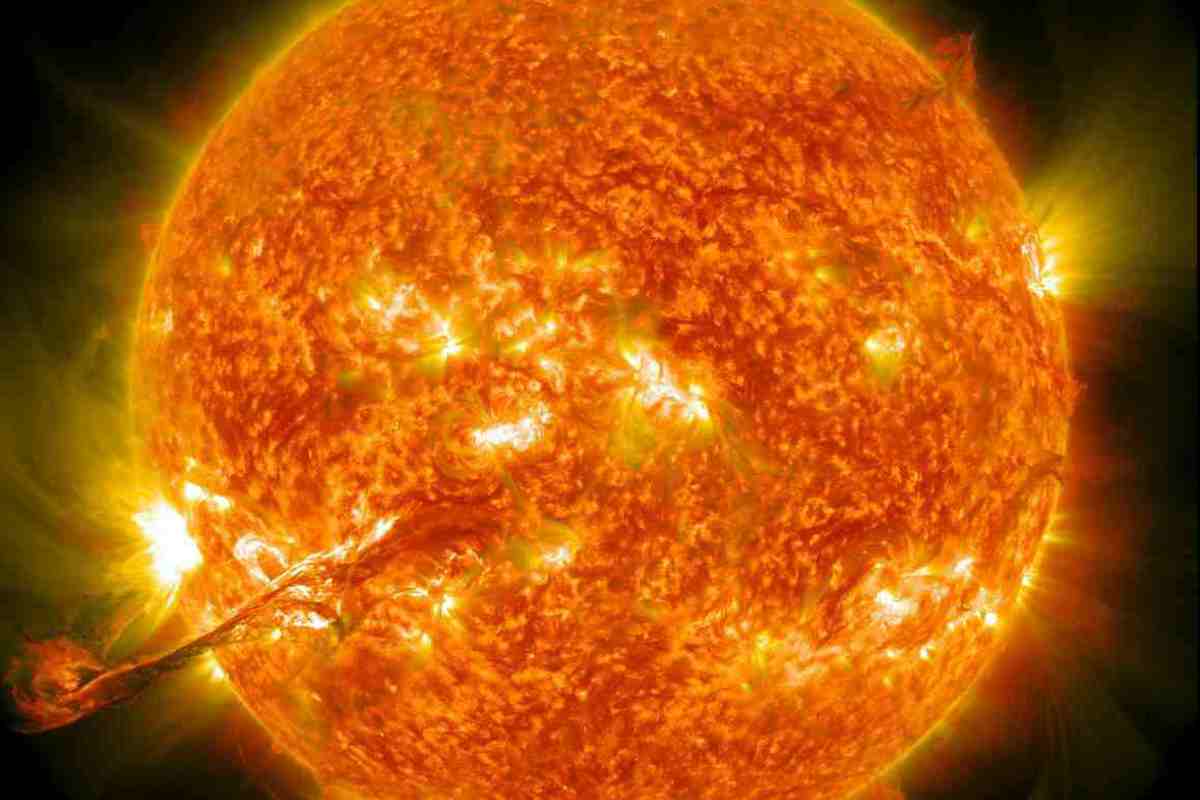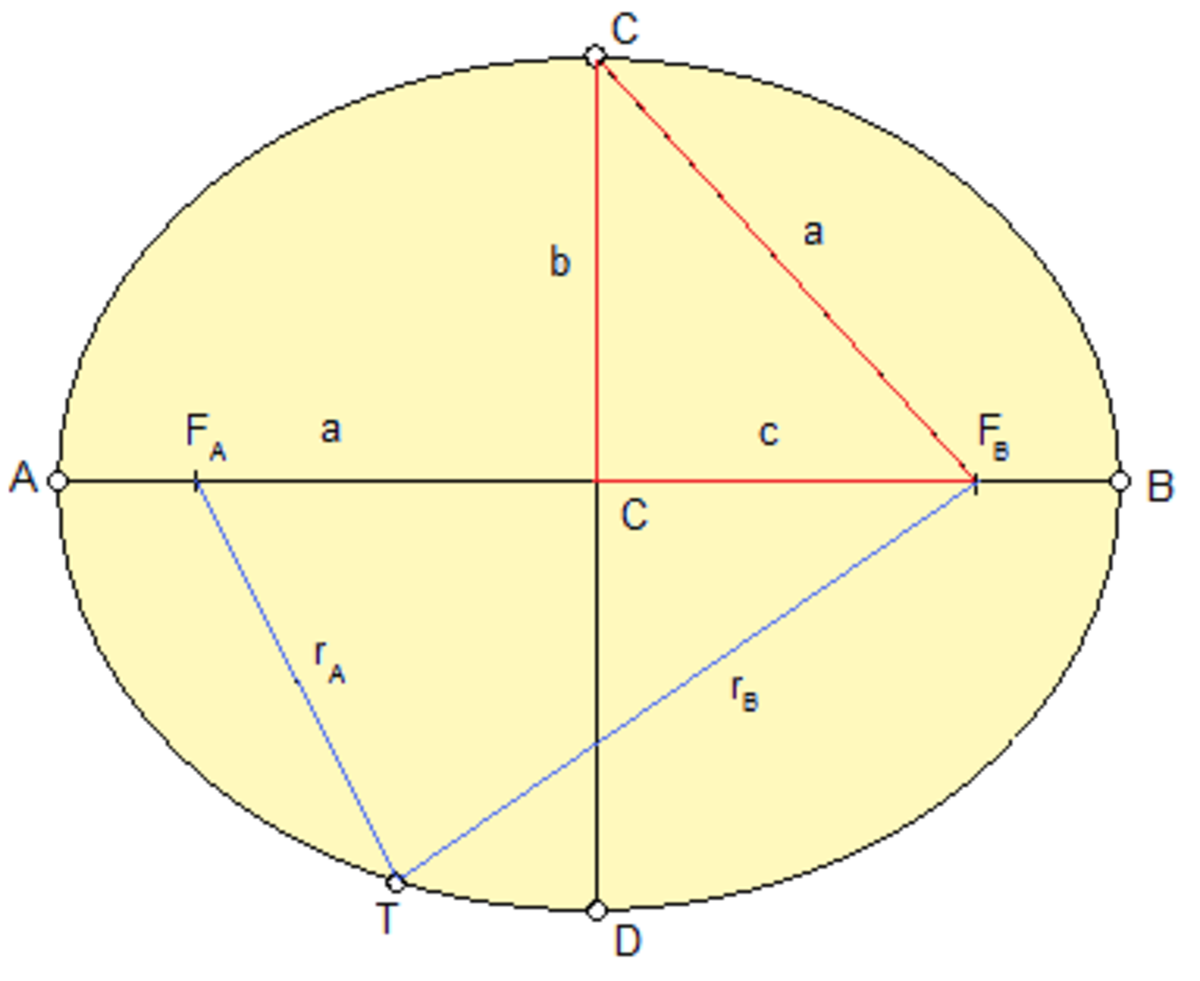Amazing Facts About the Sun for Elementary Age Kids
There was a time when people thought that the Earth was the center of the universe. They believed that the Sun, planets and stars all orbited the Earth. In the 16th century Polish astronomer Nicolai Copernicus came up with the idea of a heliocentric, or sun-centered universe.
Few people knew about his ideas until a 100 years after his death. Future astronomers like Johannes Kepler, Galileo, and Isaac Newton accepted the idea of a heliocentric universe. This became known as the Copernican Revolution. A revolution is a major change. Copernican ideas led to a major change in how people thought about our planet and its place in the universe.
The Sun Brings Life
We now know that the Sun isn't the center of the universe. But it is the center of the Solar System. Without it there wouldn't be any life on Earth. It gives us the light and heat we need to survive. It also gives us the food we need. Plants use energy from the Sun to make food for themselves using a process called photosynthesis. Many animals and humans use these plants for food.
What Is the Solar System?
Solar means sun. A system is a group of parts that make up something larger. The Sun is at the center of the Solar System. It has many other parts. Eight major planets orbit the Sun. They are Mercury, Venus, Earth, Mars, Jupiter, Saturn, Neptune and Uranus. Moons orbit many of these planets. There are also many smaller objects like dwarf planets, asteroids and comets orbiting the sun.
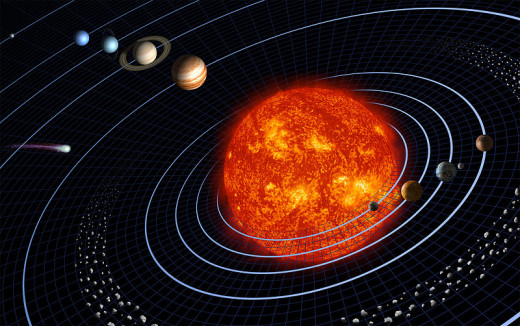
The Sun Is a Violent Place
The Sun is a huge ball of gas. It gives off light and heat using a process called nuclear fusion. The Sun has clouds of glowing gas called faculae. It also has loops of gas called prominences. Solar flares are violent explosions of radiation sent out from the Sun. The Sun even creates something called a solar wind. These are particles sent out into space. They hit our planet constantly but the Earth's magnetic field protects us from them.
It is these particles that create an amazing phenomenon called the Aurora Borealis or northern lights in the northern hemisphere. In the southern hemisphere it is called the Aurora Australis or southern lights.
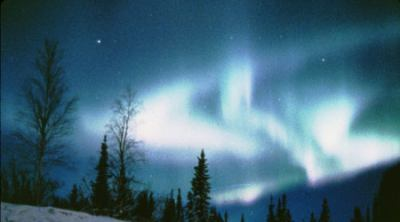
The Structure of the Sun
Core - this is the very center of the Sun. The temperature is 27 million degrees fahrenheit (15 million degrees centigrade). Compare that to the heat of ovens we use for cooking. They are often 400 degrees fahrenheit, which is very hot. Yet it's only a small fraction of the heat of the sun.
Radiative Zone - this area surrounds the core. Heat from the core spreads through here in waves.
Convective Zone - this area carries energy from the core to the surface.
Photosphere - this is the Sun's surface.
Chromosphere - this is part of the Sun's atmosphere. It is between the photosphere and the corona. It can only be seen during a total solar eclipse.
Corona - this is the outer part of the Sun's atmosphere. It's visible during total solar eclipses.
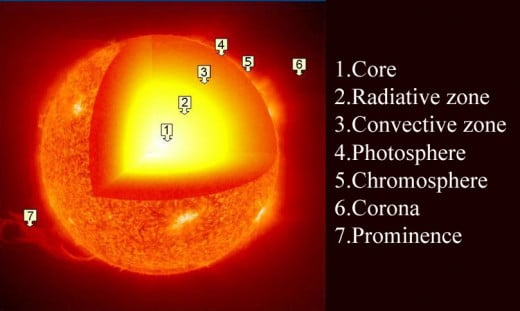
Related Article:
- Amazing Facts About the Universe and Space for Elementary Age Kids
Learn about the universe, light years, galaxies, stars and our sun for elementary age kids and homeschool
This content reflects the personal opinions of the author. It is accurate and true to the best of the author’s knowledge and should not be substituted for impartial fact or advice in legal, political, or personal matters.
© 2013 JoanCA


